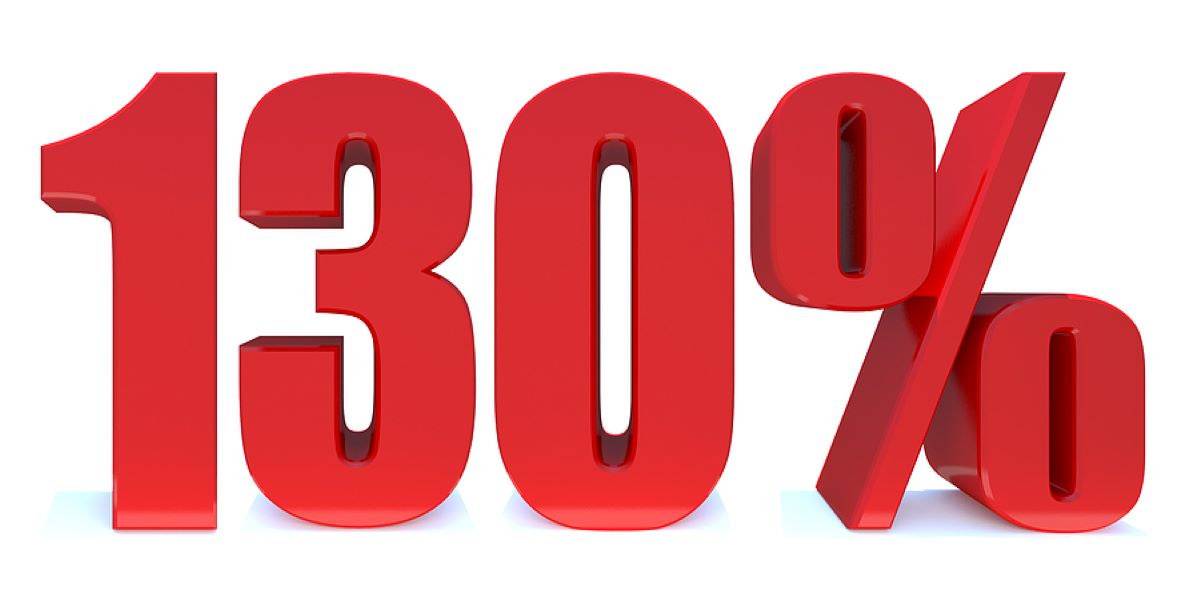In his Budget speech, the Chancellor called this new super-deduction tax relief “…the biggest business tax cut in modern British history.” It’s designed to encourage businesses to invest in tangible assets and is something of a counterbalance to the rising Corporation Tax rate.
How will it work in practice? And how much will your business benefit?
Corporation Tax rise
Chancellor Sunak called his Corporation Tax rise “fair and necessary” during the Budget speech. A view not necessarily shared by all of those listening. The COVID-19 pandemic has hit most industries hard and the prospect of increased tax on profits isn’t what businesses ever want to hear.
At the moment, Corporation Tax is 19% on all company profits. In 2026, this will rise to 25% on company profits over £250,000. Companies with profits up to £50,000 will remain on the 19% rate. According to the government, this 25% will only effect 10% of all companies in the UK. And even at 25%, this still means that Britain has the lowest Corporation Tax rate of all G7 countries.
What is the super deduction tax relief?
The super deduction tax relief means that for every £1 a company invests in qualifying assets, it reduces its tax bill by 25p. It’s a 130% capital allowance on plant and machinery purchases. There is no spending cap.
Example:
Your company spends £200,000 on qualifying investment
Corporation tax deduction = £230,000 (X 130%)
19% Corporation tax relief on £230,000 = £43,700
The aim? The super deduction guidance document says: “This super-deduction will encourage firms to invest in productivity-enhancing plant and machinery assets that will help them grow, and to make those investments now.”
There is also a first year allowance of 50% for “qualifying special rate assets.” This starts from 1st April 2021 and runs until 31st March 2023.
What types of purchases qualify for this super deduction?
The government’s focus is on plant and machinery, like (but not exclusively):
- “Solar panels
- Computer equipment and servers
- Tractors, lorries, vans
- Ladders, drills, cranes
- Office chairs and desks
- Electric vehicle charge points
- Refrigeration units
- Compressors
- Foundry equipment”
Any intangible assets are not included in this tax relief. And they must be new items, not second hand, and cannot be intended for leasing. All of the details can be found in GOV.UK’s Explanatory Note.
There is still some confusion around if the super deduction applies if you use asset management. And there are other additional conditions you need to be aware of before applying for the super deduction.
The Business Tax Manager for ICAEW, Richard Jones, digs a bit deeper into the longer term consequences of investing and claiming through the super deduction scheme. “However, if you dispose of that asset before the end of the regime, it could end up costing you more in tax than you got a deduction for. That uplift is something to look out for. Good record-keeping is essential.”
As with all things accounting, keeping an up-to-date, accurate record of everything stands you in good stead for any interaction with HMRC. It also means you have a clear, full picture of your company’s finances on which to base your decisions.


